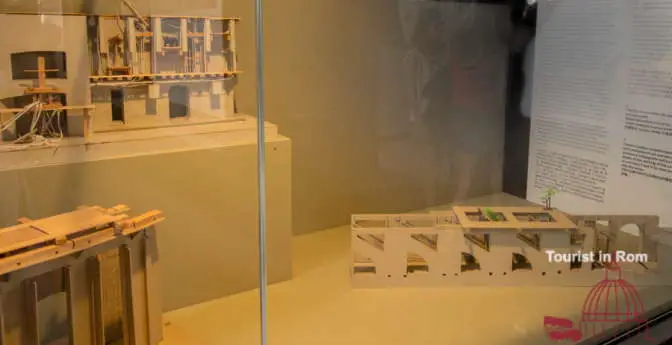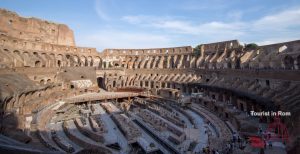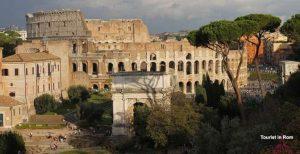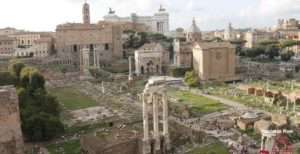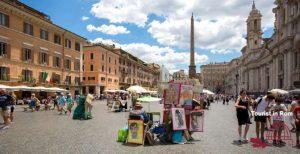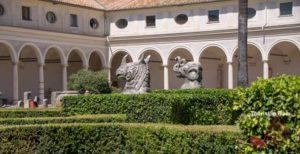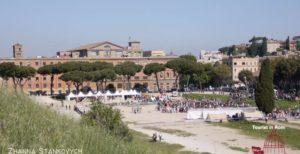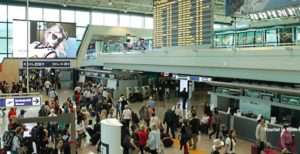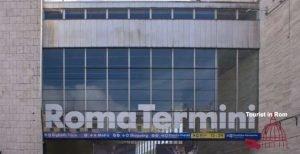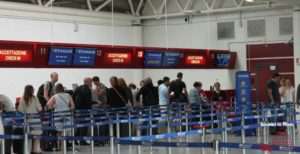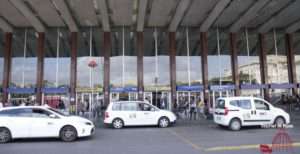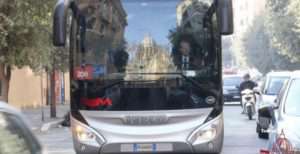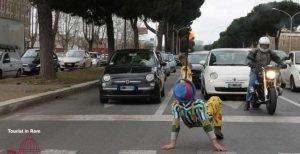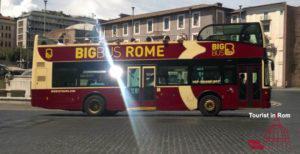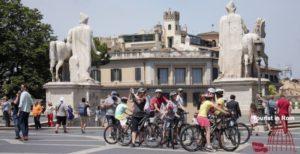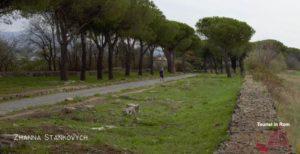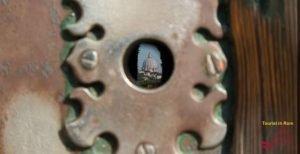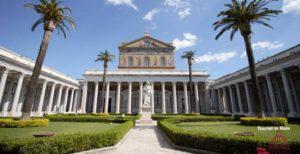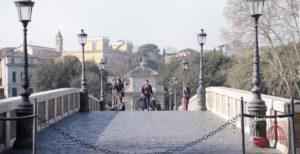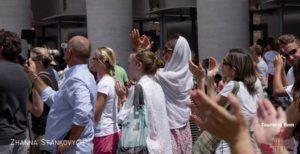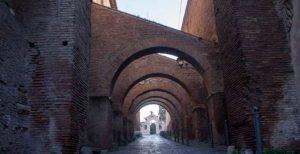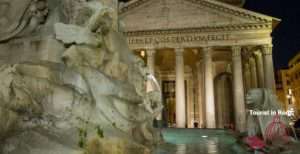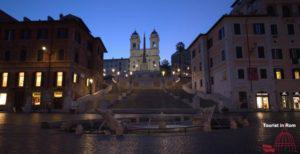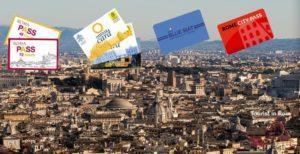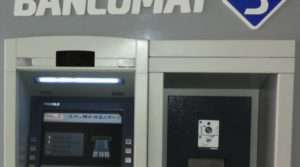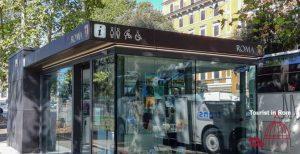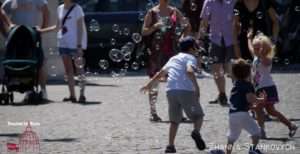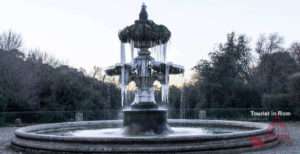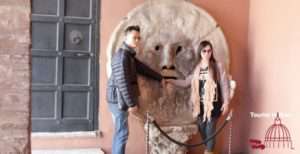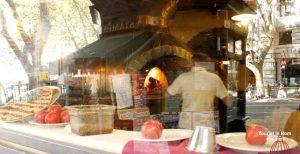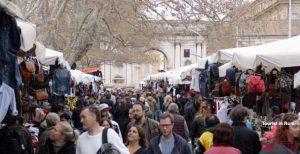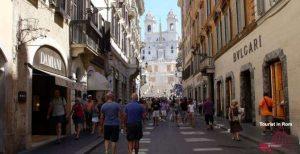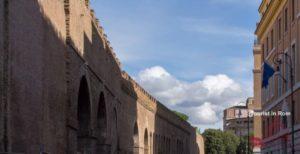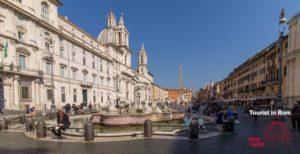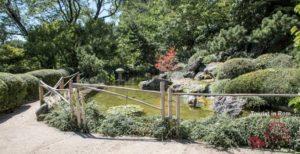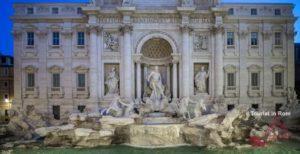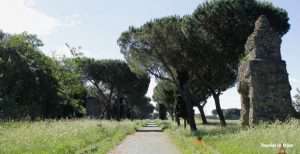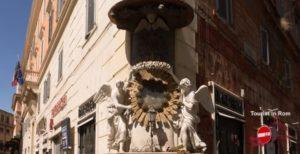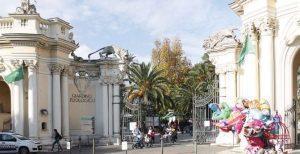Heinz-Jürgen Beste is a scientific advisor at the German Archaeological Institute in Rome. Here he reports on the history of the Colosseum and on his underground research into the stage technology of that time.
Partner-Links helfen uns dabei, unsere Informationen kostenlos bereitzustellen. Für abgeschlossene Buchungen erhalten wir eine Provision – ohne Mehrkosten für Sie! Mehr
Partner links help us to provide our information free of charge. For completed bookings we receive a commission – at no extra cost to you! More
I link dei partner ci aiutano a fornire gratuitamente le nostre informazioni. Riceviamo una commissione per le prenotazioni completate, senza alcun costo aggiuntivo per voi! Di più

His research is carried out in cooperation with universities and the Soprintendenza Archeologica di Roma.
Archaeological report on the Colosseum
by Heinz-Jürgen Beste, German Archaeological Institute Rome
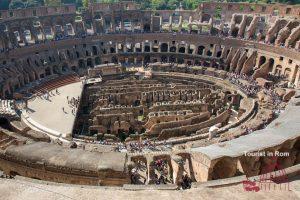
The Flavian Amphitheater is one of the highest achievements of Roman civil engineering, for which the huge dimensions, the short construction period of less than ten years, the capacity of fifty thousand spectators and the perfect organization of the stream of visitors give a vivid testimony. The building influenced strongly the shape of the Roman amphitheater, as the great theaters in Italy and in the provinces show its archetype.
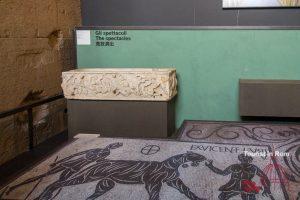
After the city fire of 64 AD, Emperor Nero had transformed the area between Esquiline, Caelius and Palatine into his private estate, the Domus Aurea. During the reign of Emperor Vespasian, this was returned to the public and built with public buildings, which centered on the Colosseum. The works probably began in the years 70 to 72 AD. Gladiator schools, depots for weapons and stage decoration and other infrastructure were among them. The amphitheater was inaugurated in the year 80 AD by Emperor Titus. During the hundred-day inauguration ceremony a sea battle was organized in the Colosseum in addition to gladiatorial fighting and animal hunts. Completed was the entire plant probably in the nineties of the first century AD. The last reported animal hunt took place in 523 AD and henceforth the construction largely served as a quarry. The current name Colosseum occurred only in the eighth century.
The first systematic excavation took place from 1806 to 1814 by the Roman archaeologist Carlo Fea. Because of the high groundwater level, the excavation had to be stopped soon and filled up again. Only 1874 to 1876 it was possible to expose the eastern part of the basement. The until then buried western part was excavated between 1934 and 1938, unfortunately without any documentation. In the extensive restoration in the course of this work, a large part of the ancient structure was lost.
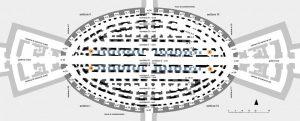
In my (DAI Rome) study and documentation of the podium and the basement, begun in 1996 in collaboration with the Roman Antiquities Administration, it was possible to distinguish between several construction phases from half a millennium of use. So far, three different systems can be located, whose installation between the end of the 1st century (81-96) and the middle of the 4th Century AD are to be set. Two of the elevator systems, those in corridors B, F and H, belong to the construction phase of the Colosseum, due to structural details, and can thus be dated to the Flavian period.
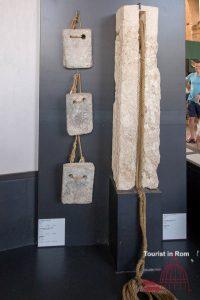
For corridor B, an elevator system with 28 cages was used to transport animals up to the size of a cat or a bear into the arena. Corridors F and H complete the elevator system in the basement, since there was a system of 20 movable platforms about 4 x 5 m in height, by means of which large decorations were pulled up to give a showcase to the animal hunting (venationes).
Due to a fire disaster in the Colosseum caused by a lightning strike in 217 AD, and the consequent restoration work that lasted nearly twenty years, there was a need to stabilize the wall structure in the basement, rendering the two previous elevator systems useless. In this respect, a new elevator system was built in Corridors E and G with which 60 cages could be moved. However, due to the limited space in the corridors E and G, it was necessary to abandon the previous elevator model – winch, elevator cage, winch, elevator cage, etc. – and hoist several cages with one winch.
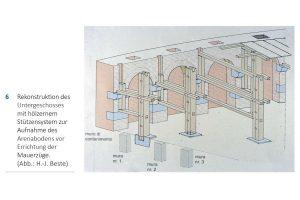
In addition to focusing on the function of the basement, it was also possible to make statements about the location and course of the naval battle (Naumachia) at the inauguration and the division of seats for the senators.
The desire of the Antiquities Authority to restore the arena was met by the year 2000 in collaboration with the University La Sapienza. For didactic and monument preservation reasons, only about a seventh of the total area in the east of the arena was covered. This part was so heavily destroyed by the excavation and subsequent restoration of 1875 that could easily be set the new support system on the ancient foundations. The examination of this project showed that the arena’s ground in antiquity was completely renewed at least twice, its running level raised and its wooden structure profoundly changed.
History and events in the Colosseum
by Heinz-Jürgen Beste, DAI Rom
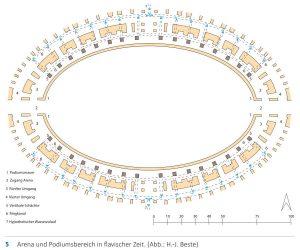
The Romans loved their games: Thousands flocked to the huge arena on match days to watch animal raids and gladiatorial combat. It was a bloody pleasure. Death was omnipresent, though not every fight ended lethally. After all, the training of the gladiators cost time and money, which wanted to be well invested. The effort that the emperors drove as playmakers is still immense for today’s circumstances: For some celebrations, which could last several days, they brought hundreds of wild animals from all areas of the empire to Rome. Elephants and bears, deer, antelopes, wild boars and wolves …
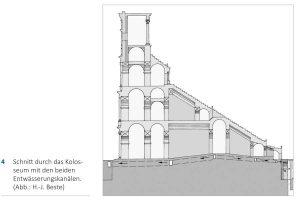
As brutal as the games were, their process was well thought-out and so refined was the infrastructure that made the realization of the shows possible. It is estimated that up to 50,000 people were seated on the ranks of the Flavian Amphitheater. An ingenious route system ensured that the crowds came smoothly to the ranks and, after the end of the performance, also quickly outside.
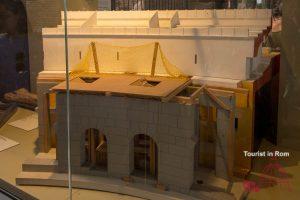
The pleasure of one was the work of the other. Hundreds of slaves and workers were in the background to ensure that the performance went smoothly on the stage. A sophisticated elevator system helped.
The ancient writers repeatedly report that animals and fighters appeared out of nowhere in the arena. Researchers have therefore long suspected that there must have been lifts in the basement of the Colosseum, with which even entire sets could be moved upwards.
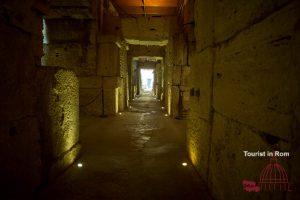
In recent years, archaeologists and building researchers of the Archaeological Monuments Office of the city of Rome and the German Archaeological Institute have studied in detail the entire basement. It succeeded in bringing some secrets of the lifts to light.
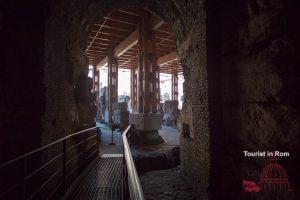
Since steam and electric drive were not yet available, on the other hand, muscle power was available at low cost, the lifts were powered by winches. So that the elevators did not obstruct the view of the arena, the elevator cabins were only pulled up to below the arena floor. The last meters were covered by the animals over ramps, which could be folded down from the arena floor by counterweights.
The elevator systems of the first phase were not in operation for a long time. A few years after opening, the statics of the arena-supporting walls had to be improved. The elevators were moved to the center of the arena, where they were less vulnerable.
Video on the history of the Colosseum
The studies by Heinz-Jürgen Beste on the technology of the Colosseum are recognized worldwide. See how naval battles could take place in the Colosseum and how the elevators worked.
The Colosseum on Nova PBS
This film by the American network Nova PBS shows in great detail how elevator technology has been researched. You can see how a model was installed in the Colosseum and how it was tested.
